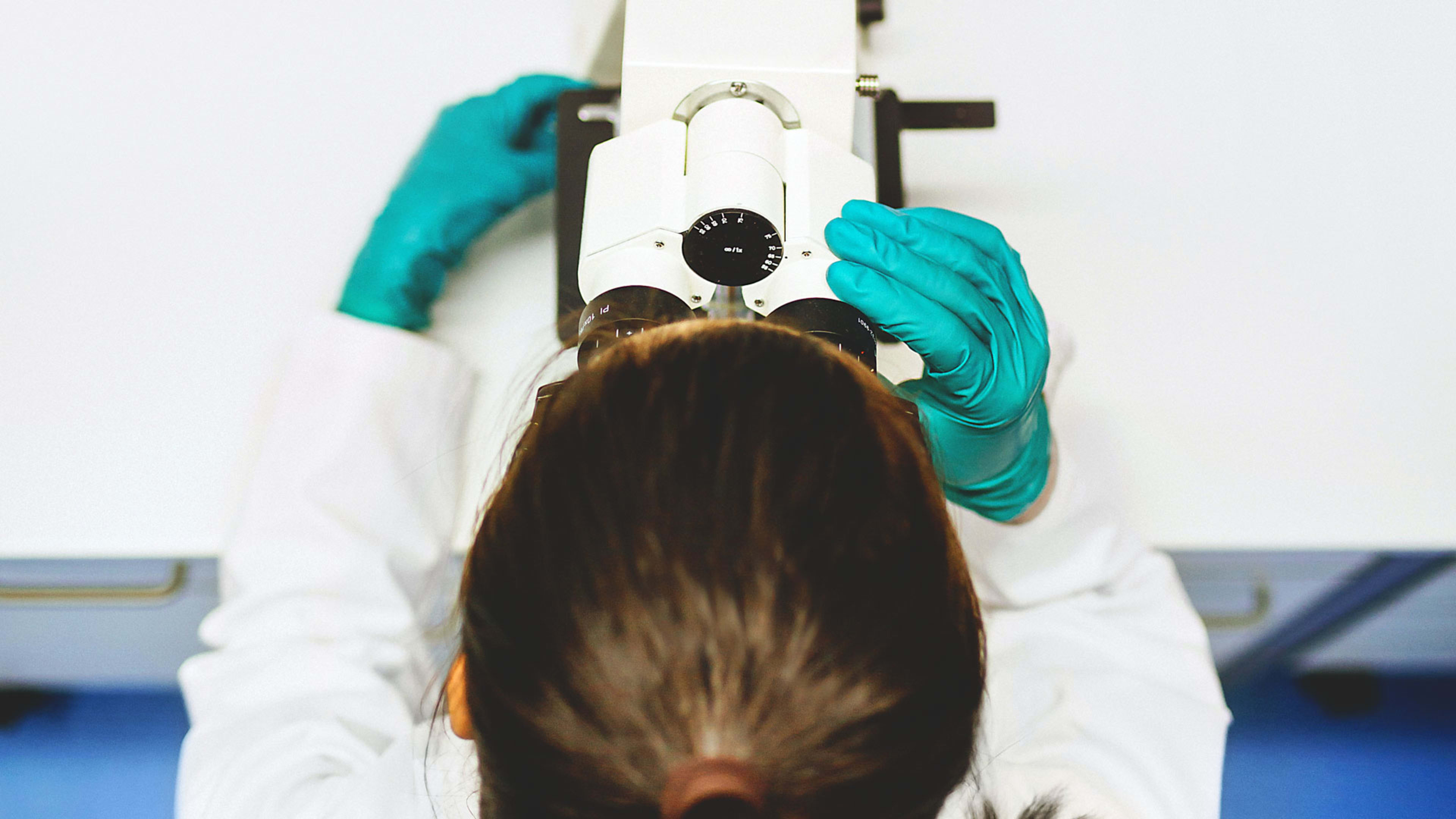The hardest part of my job is trying to find a problem worth solving. And around a decade ago, we found a huge one: up to 160,000–300,000 patients were incurring surgical-site infections (SSIs) in the U.S. each year. But the way we eventually solved it actually wasn’t unusually difficult. I’m a corporate scientist at 3M, but I’m also frequently known around here as a “Scout,” one of three designations—alongside “Entrepreneurs” and “Implementers”—within an organizational structure that’s helped us go from problem to product for decades.
For years, these three-part teams have rallied around a given project and seen it all the way through, then they disband and recombine to tackle the next challenge. Here’s how it works:
Follow Your Nose
Back in 2007, fellow 3M scientists and I were talking to customers, visiting hospitals and clinics, and reviewing the medical research when we learned that concern was rising about SSIs, especially those caused by methicillin-resistant Staphylococcus aureus (MRSA), and other potentially deadly forms of that bacterial strain. Approximately 20% of people are persistent carriers of it, and 60% are intermittent carriers. Since S. aureus is typically found in the nose, that put a lot of people at risk for infection during surgical procedures.
As Scouts, one colleague and I were essentially project hunters, and it seemed like we’d found our next one. There was already research suggesting that one common method of prevention—using the antibiotic drug mupirocin—can be effective in patients, but antibiotic resistance to that treatment was on the rise. Plus, the most common preventative measure required patients to apply an ointment into each nostril twice a day for five days prior to surgery. So the rate of non-compliance was a concern.
We thought one of our existing products could be adapted to help solve the problem, so we sat down with a team of three 3M Entrepreneurs—whose job it is to figure out how to capitalize on the opportunities Scouts come up with—and the five of us had a eureka moment: What about using iodine as a nasal treatment before each operation?
Passing The Baton
Consolidating a few years of hard work into a sentence or two, here’s what happened: The Scouts stepped aside, and the Entrepreneurs took over. Since those designations cross job titles, the Entrepreneurs on this project consisted of fellow scientists as well as engineering, manufacturing, and other functional experts—who together were taxed with removing the unknown.
They fleshed out an initial prototype and developed a number of chemical formulations for the product. Then each was rigorously modeled, tested, analyzed, tweaked, and tested. This, of course, took more time than it had my fellow Scout and me to identify the problem. The scouting phase took only three months, whereas the entrepreneurial development phase took about nine months.
Once the Entrepreneurs had gone through enough trials and due diligence to reach a viable solution, they passed it along to a team of around a dozen Implementers to get it ready for commercialization. This was a longer process, stretching across roughly 18 months of rigorous market testing, seeking and adapting to regulatory guidelines, nailing down supply-chain quality and performance metrics, and building out the go-to-market roadmap. But it worked.
In 2010, the 3M™ Skin and Nasal Antiseptic Patient Preoperative Skin Preparation hit the market. In the seven years since, it’s been used in health care facilities and has helped reduce the likelihood of SSIs. A key reason why is that it only needs to be applied once—in the patient’s nose at the hospital, just an hour before surgery. One reason the Scouts, Entrepreneurs, and Implementers are still so proud of it is because it’s so easy and effective—a Holy Grail for pre-surgical procedures and medical products in general.
Collaborative Problem-Solving Done Right
I’m often asked why the three-team approach works at 3M. I think its genius lies in its simplicity: Bring smart people together, with diverse backgrounds and areas of expertise, and let them play to their strengths and their passions. You’re not forcing everybody to do the same thing.
And we don’t just stick together from one project to the next the way traditional corporate departments do; our teams of Scouts, Entrepreneurs, and Implementers are constantly recombining depending on the problems we’re trying to solve. This method is quite different from the “burn the ship” approach to innovation, where the team is laser-focused on one defined goal. With blinders on, its easy to miss how crucial exploratory research can be.
This collaborative culture is something lots of companies struggle to implement, but it’s been part of our DNA for decades. It’s also what’s behind 3M’s “15% culture,” which lets employees spend up to 15% of their time on projects of their choosing, as long as they might benefit the company (former chairman William McKnight, described it as “experimental doodling”). Similar to Google’s onetime “20% policy,” these 15% projects at 3M are often where Scouts hit up on great ideas and help coworkers with their own undertakings.
As a result of this flexibility, I’ve been both a Scout and Entrepreneur on countless projects—two areas where I feel skilled, confident, and passionate—while rarely having to serve as an Implementer, where I know others are better suited. Mixing things up is just what we do, but there’s a method to the madness, and it’s what makes me—and the whole company—thrive.
Matt Scholz is a corporate scientist in the Infection Prevention Division Laboratory at 3M. In over 35 years with the company, he has been responsible for products that help repair broken bones, protect wounds, and keep doctors and patients safe from infection. He’s a co-inventor on more than 150 issued U.S. patents.
Recognize your brand’s excellence by applying to this year’s Brands That Matter Awards before the early-rate deadline, May 3.
